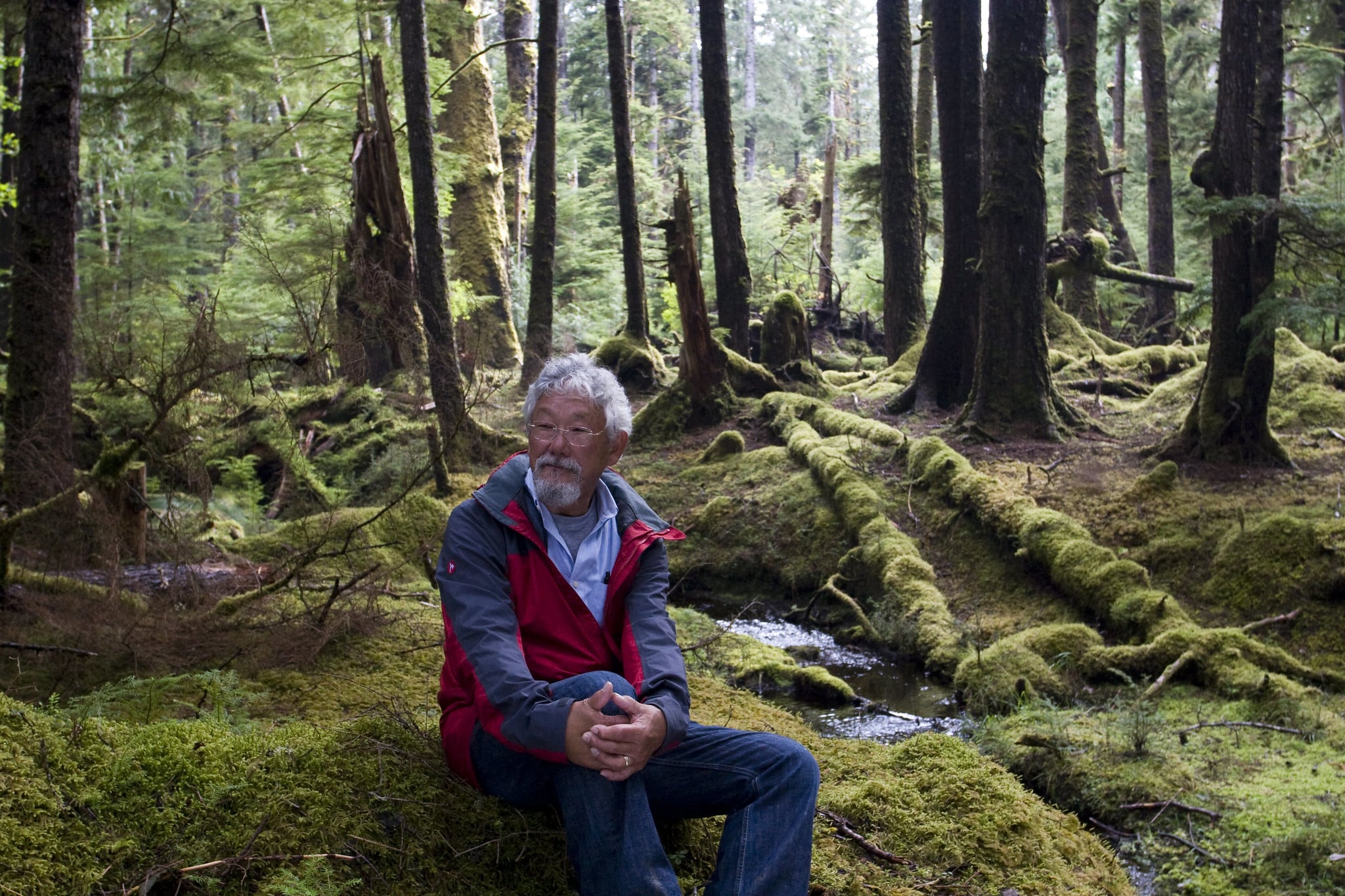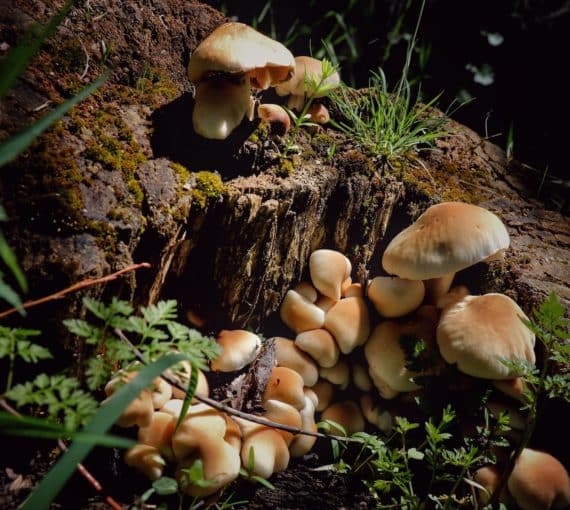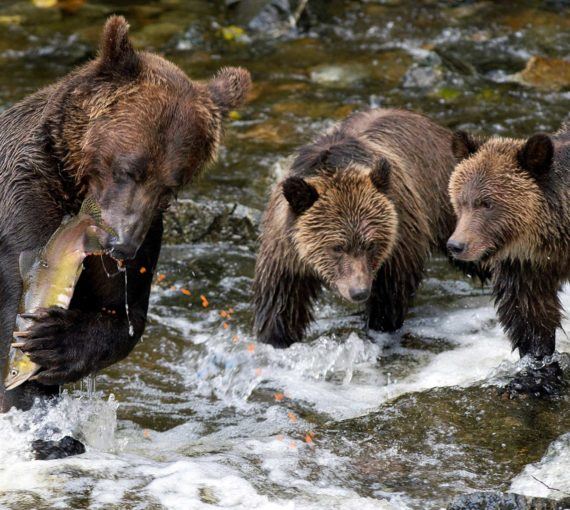
When I asked him what would happen if the logging continued and the trees were cleared, he answered simply, “If they’re logged off, we’ll probably end up the same as everyone else, I guess.” (Photo: Wendy Ord)
The following is adapted from the prologue to the 25th anniversary edition of The Sacred Balance: Rediscovering Our Place in Nature (Greystone Books), released in December.
As host of the long-running television series The Nature of Things, I learned of the battle over clearcut logging on Haida Gwaii, off the coast of British Columbia, in the 1970s. For thousands of years, the islands have been home to the Haida. Forest companies had been denuding much of the islands by clearcut logging, which had generated growing opposition.
In the early 1980s, I flew to Haida Gwaii to interview loggers, forestry officials, government bureaucrats, environmentalists and Indigenous people. One of the people I interviewed was a young Haida artist named Guujaaw who had led the opposition to logging for years.
Unemployment was high in Haida communities, and logging generated desperately needed jobs. So I asked Guujaaw why he opposed the logging. He answered, “Our people have determined that Windy Bay and other areas must be left in their natural condition so that we can keep our identity and pass it on to following generations. The forests, those oceans, are what keep us as Haida people today.”
When I asked him what would happen if the logging continued and the trees were cleared, he answered simply, “If they’re logged off, we’ll probably end up the same as everyone else, I guess.”
It was a simple statement whose implications escaped me at the time. But on reflection, I realized that he had given me a glimpse into a profoundly different way of seeing the world. Guujaaw’s statement suggested that for his people, the trees, the birds, the fish, the water and wind are all parts of Haida identity.
But on reflection, I realized that he had given me a glimpse into a profoundly different way of seeing the world.
Ever since that interview, I have been a student learning from encounters with Indigenous Peoples in many parts of the world. From Japan to Australia, Papua New Guinea, Borneo, the Kalahari, the Amazon and the Arctic, Indigenous people have expressed to me that vital need to be connected to the land. They refer to Earth as their Mother, who they say gives birth to us. Moreover, skin enfolds our bodies but does not define our limits because water, gases and heat dissipating from our bodies radiate outward, joining us to the world around us. What I have learned is a perspective that we are an inseparable part of a community of organisms that are our kin.
With this realization, I also saw that environmentalists like me had been framing the issue improperly. There is no environment “out there” that is separate from us. We can’t manage our impact on the environment if we are our surroundings. Indigenous people are absolutely correct: we are born of the Earth and constructed from the four sacred elements of earth, air, fire and water. (Hindus add a fifth element, space.)
Once I had finally understood the truth of these ancient wisdoms, I also realized that we are intimately fused to our surroundings and the notion of separateness or isolation is an illusion. Through reading I came to understand that science reaffirms the profundity of these ancient truths over and over again.
Indigenous people are absolutely correct: we are born of the Earth and constructed from the four sacred elements of earth, air, fire and water.
We are no more removed from nature than any other creature, even in the midst of a large city. Our animal nature dictates our essential needs: clean air, clean water, clean soil, clean energy. This led me to another insight, that these four “sacred elements” are created, cleansed and renewed by the web of life itself. If there is to be a fifth sacred element, it is biodiversity itself. And whatever we do to these elements, we do directly to ourselves.
At the most basic level, we require the five sacred elements to live rich, full lives. But when those basic necessities are met, a new set of needs arises. We are social animals, and the most profound force shaping our humanity is love. And when that vital social requirement is fulfilled, then a new level of spiritual needs arises as an urgent priority. This is how I made the fundamental re-examination of our relationship with Earth that led to The Sacred Balance.
The challenge of this millennium is to recognize what we need to live rich, rewarding lives without undermining the very elements that ensure them.



